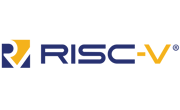Jaehyun Kim, Robert M. Pankow, Yongjoon Cho, Isaiah D. Duplessis, Fei Qin, Dilara Meli, Rachel Daso, Ding Zheng, Wei Huang, Jonathan Rivnay, Tobin J. Marks and Antonio Facchetti
Monolithically integrated high-density vertical organic electrochemical transistor arrays
and complementary circuits.
Nat Electron 7, 234–243 (2024)
DOI: 10.1038/s41928-024-01127-x
1 Department of Chemistry and Materials Research Center, Northwestern University, Evanston, IL, USA
2 Department of Semiconductor Science, Dongguk University, Seoul, Republic of Korea
3 Department of Materials Science and Engineering, Northwestern University, Evanston, IL, USA
4 Department of Biomedical Engineering, Northwestern University, Evanston, IL, USA
5 Laboratory of Organic Electronics, Department of Science and Technology, Linköping University, Sweden
6 School of Materials Science and Engineering, Georgia Institute of Technology, Atlanta, GA, USAAbstract Organic electrochemical transistors (OECTs) can be used to create biosensors, wearable devices and neuromorphic systems. However, restrictions in the micro- and nanopatterning of organic semiconductors, as well as topological irregularities, often limit their use in monolithically integrated circuits. Here we show that the micropatterning of organic semiconductors by electron-beam exposure can be used to create high-density (up to around 7.2 million OECTs per cm2) and mechanically flexible vertical OECT arrays and circuits. The energetic electrons convert the semiconductor exposed area to an electronic insulator while retaining ionic conductivity and topological continuity with the redox-active unexposed areas essential for monolithic integration. The resulting p- and n-type vertical OECT active-matrix arrays exhibit transconductances of 0.08–1.7 S, transient times of less than 100 μs and stable switching properties of more than 100,000 cycles. We also fabricate vertically stacked complementary logic circuits, including NOT, NAND and NOR gates.

FIG: High-density monolithically integrated vOECT arrays fabricated by e-beam exposure.
a.) Photograph vOECT arrays comprising bgDPP-g2T OECTs
b.) Transconductance map of the wafer-scale vOECTs;
c.) Transfer IVs of 100 bgDPP-g2T vOECTs (W = d = 10 µm)
Acknowledgements: This work was supported by the AFOSR (contract no. FA9550-22-1-0423), the US Office of Naval Research Contract no. N00014-20-1-2116, by the US Department of Commerce, National Institute of Standards and Technology as part of the Centre for Hierarchical Materials Design Award no. 70NANB10H005, BSF (award no. 2020384), NSF (DMR-2223922) and the Northwestern University Materials Research Science and Engineering Center Awards NSF DMR-1720139 and DMR-2308691. J.R. gratefully acknowledges support from the Alfred P. Sloan Foundation (FG-2019-12046). This work acknowledges the US Department of Energy under contract no. DE-AC02-05CH11231 at beamline 8-ID-E of the Advanced Photon Source, a US Department of Energy (DOE) Office of Science User Facility operated for the DOE Office of Science by Argonne National Laboratory under Contract No. DE-AC02-06CH11357. This work made use of the NUFAB facility of Northwestern University’s NUANCE Center, which has received support from the SHyNE Resource (NSF ECCS-2025633), the IIN and Northwestern’s MRSEC programme (NSF DMR-1720139).













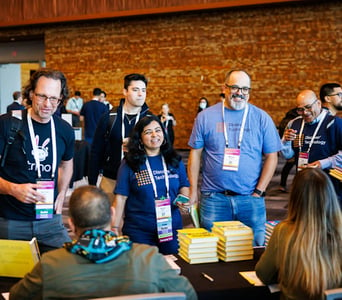

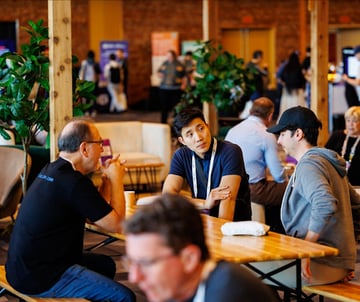



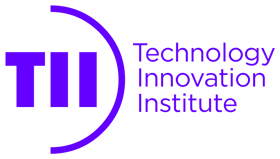



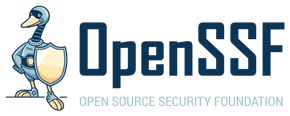










.png?width=200&upscale=true&name=umbraco_logo_blue1%20(1).png)
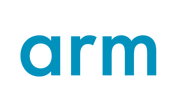







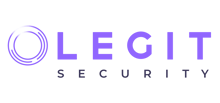


.png?width=220&upscale=true&name=tidelift-horizontal-color%20(1).png)









